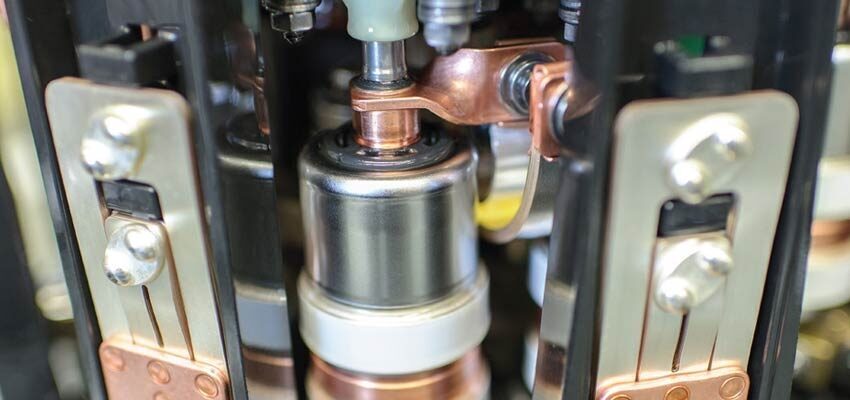
Column: Transformer lifecycle
Tap-changer diagnostics: Present state and new developments Abstract The primary function of power transformers is to transform voltage levels for transmission and distribution. Often, transformers...
byJos WETZER

Tap-changer diagnostics: Present state and new developments
Abstract
The primary function of power transformers is to transform voltage levels for transmission and distribution. Often, transformers are equipped with a device to adjust the voltage ratio by changing the turns ratio: the tap-changer. About 30% of all European substation transformer failures are attributed to tap-changer failure, as well as about 22% of the failures in which a fire or explosion has occurred. Although the contribution of tap-changer failures has decreased over the years, it justifies appropriate measures to timely identify tap-changer defects and mitigate failure risks. In this paper, we present an overview of tap-changer diagnostic options, and discuss recent developments, in particular concerning improved techniques for dynamic resistance measurement.
Keywords: diagnosis, dynamic resistance measurement, power transformer, tap-changer
- Introduction
The primary function of power transformers is to transform voltage levels for transmission and distribution. The ratio between input and output voltage is determined by the turns ratio. During operation, network voltages vary as a result of power fluctuations in the grid, thereby possibly inducing additional losses and stability issues. In order to compensate for this, transformers are equipped with a device to adjust the voltage ratio by changing the turns ratio: the tap-changer.
According to a CIGRÉ Transformer Reliability Survey from 2015 [1], and a statistical analysis of the results [2], 30% of all European substation transformer failures are attributed to tap-changer failure. The same survey shows that tap-changer failure is responsible for 22% of the failures in which a fire or explosion has occurred. Although the relative contribution of tap-changer failure has decreased over the last decades, the present percentages still justify appropriate measures to timely identify and mitigate tap-changer defects.
In this paper we will present an overview of tap-changer diagnostic options, and discuss some recent developments.







